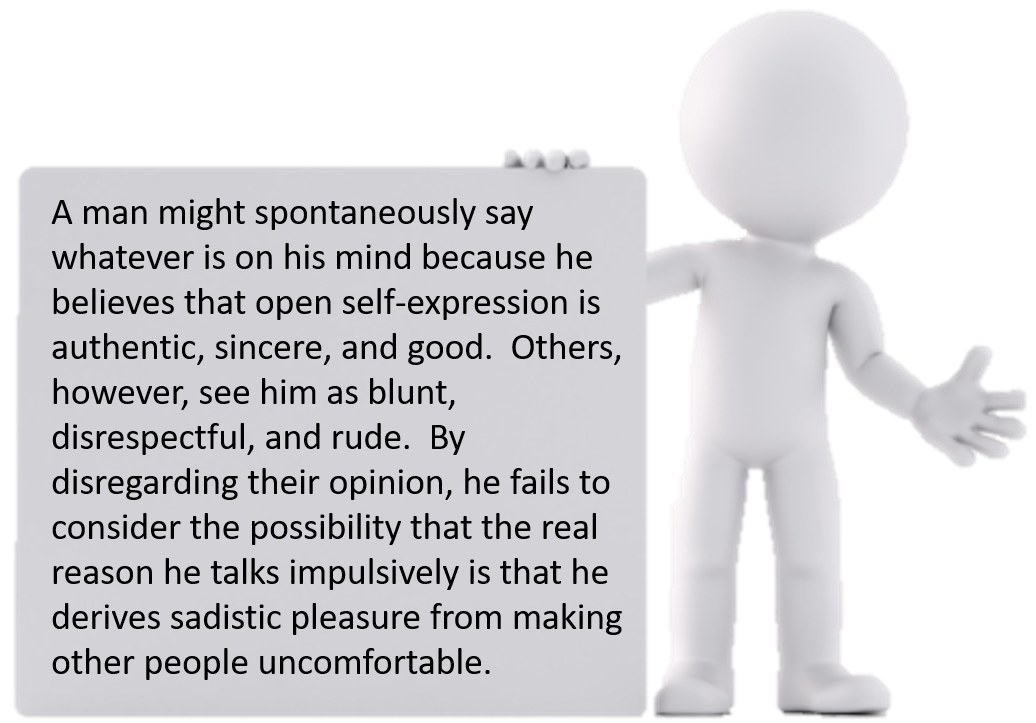Click here to view a video on Understanding the Johari Window
The Latin root of personality, persona, means ‘mask’. Seeing personality as a mask might make it seem artificial or false, and in fact, many people believe that the real person resides behind the mask. We like to believe that thoughts and feelings - not reputation or behaviour - define who we are.
However, disregarding the public ‘mask’ side of personality is problematic. Our public masks are no less ‘real’ than our thoughts and motives; after all, they have real effects on other people.
The Johari Window is a conceptual model for describing, evaluating and predicting aspects of interpersonal communication. Through the panes of the window, we present and receive information about others and ourselves. The data flow is dynamic. Via the model, we can see movement from one pane to another, as trust ebbs and flows and actors exchange feedback. The size/shape of the panes may expand or contract.
The metaphors of the window only go so far, but imagine the window as one-way glass or cracked, dirty, blurred, concave or convex. We may explore other metaphors – the keyhole, the wall, the padded cell! The literature on human behaviour is littered with two-dimensional arrays – the Blake Grid and Kilmann Conflict Model are other examples. In everyday life, our interactions are far more colourful than can be represented two- or even three-dimensionally. Nevertheless, the Johari Window offers some insights.

Another problem with disregarding appearances in favour of thoughts and feelings arises when people are self-deceived about their own motives.

When your own opinion of yourself is at odds with what other people think, you may tend to assume that no one knows you better than you know yourself: "I must be right, and they must be wrong.”
This egocentric position makes little sense, especially when many people agree about what kind of a person you are. Perceptions from one observer are inherently less reliable than the consensus from ten observers, even when you are the one observer.